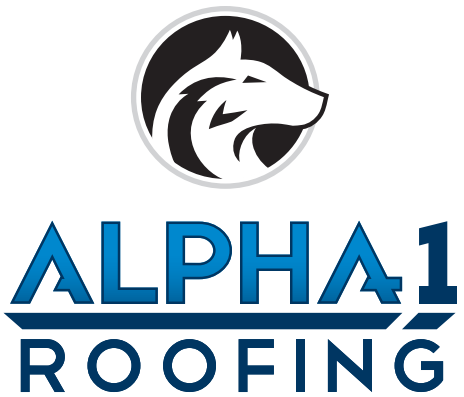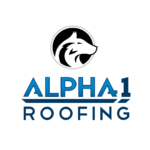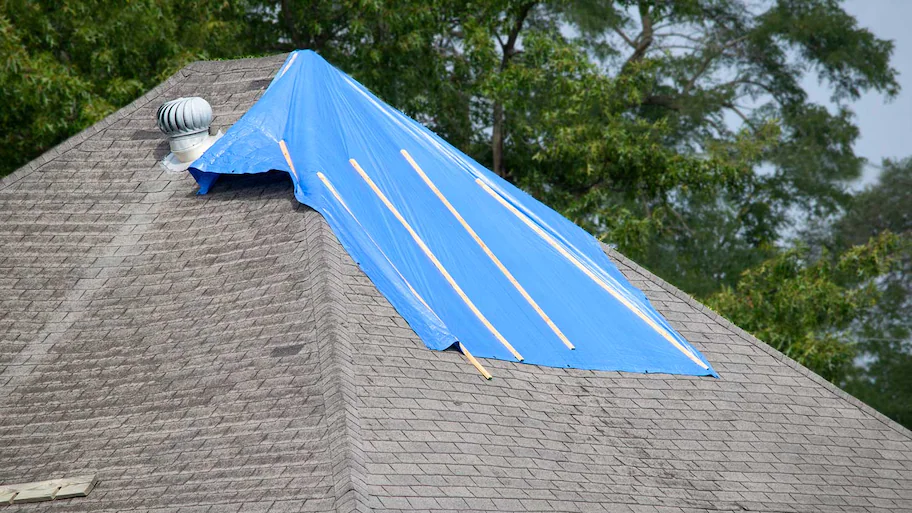For homeowners living near the Gulf Coast, your roof is one of the most crucial parts of your home. With the region’s unpredictable weather, including hurricanes, heavy rain, high winds, and extreme sun, your roof faces a lot of stress. Over time, this can lead to wear and tear, requiring repairs. One of the most effective solutions to extend the lifespan of your roof is using proper patching techniques. Whether your roof has sustained damage due to a storm or natural aging, knowing how to apply the right patching techniques can help prevent costly replacements and keep your home safe.
In this article, we’ll explore the various patching techniques that can ensure a long-lasting roof for homes near the Gulf Coast. We’ll also highlight the importance of regular maintenance and the role of professional roofing services.
Understanding the Importance of Patching Techniques for Gulf Coast Homes
The Gulf Coast region is known for its extreme weather patterns, from hurricane season to intense summer heat. These conditions can cause significant damage to your roof over time. Whether your roof is made of asphalt shingles, tile, metal, or flat materials, regular maintenance and patching techniques can help you address minor issues before they turn into expensive, larger problems.
Using the right patching techniques doesn’t just prevent leaks and water damage. It also ensures your home is better protected from high winds, mold growth, and energy loss, making it essential to understand when and how to apply them.
Common Roof Issues That Require Patching Techniques
Before diving into the various patching techniques, it’s important to understand the types of damage that commonly occur in Gulf Coast homes. Here are some of the most typical issues that can be repaired using appropriate patching techniques:
- Shingle Damage: High winds, especially during hurricanes, can cause shingles to lift, crack, or break. If shingles are missing or damaged, it’s crucial to use the right patching techniques to ensure the roof remains intact and watertight.
- Leaks and Water Damage: Roof leaks are one of the most common problems that homeowners face. The constant rain and humidity in the Gulf Coast can lead to water pooling, eventually causing leaks in the roof deck. When not addressed quickly, leaks can lead to mold and structural damage, which is why prompt patching techniques are essential.
- Cracked or Deteriorated Flashing: Flashing around chimneys, skylights, and vents is vital to preventing water infiltration. Over time, the flashing may crack or corrode, leading to potential leaks. Proper patching techniques for flashing can prevent water from seeping into vulnerable areas of the roof.
- Hail Damage: Gulf Coast homes can also be affected by hailstorms, which may cause visible damage to shingles, tiles, or even metal roofs. If ignored, hail damage can worsen over time, leading to more severe issues. Timely patching can help mitigate further harm.
- Granule Loss: Shingles, especially asphalt shingles, are coated with granules that protect them from UV damage and provide a waterproof layer. Over time, these granules can wear off, particularly under the harsh sun exposure typical of the Gulf Coast. If not addressed, this can expose the shingles to more damage and shorten the roof’s lifespan. Patching the affected areas can help maintain the integrity of the roof.
Effective Patching Techniques for Gulf Coast Homes
Now that you understand the common roof issues that can be repaired with patching techniques, let’s discuss the best methods to address them. Keep in mind that while these patching techniques can be effective for minor issues, it’s essential to consult a roofing professional for major repairs.
1. Shingle Patching
For Gulf Coast homeowners with asphalt shingle roofs, shingle patching is one of the most common patching techniques. If a few shingles are cracked, curled, or missing, replacing them can prevent further water damage. Here’s how to patch asphalt shingles:
- Step 1: Remove the damaged shingles carefully. Use a pry bar to lift them from the nails and remove them from the roof.
- Step 2: Inspect the underlying decking for damage. If there is rot or moisture damage, replace the affected sections before proceeding.
- Step 3: Place the new shingle over the area, ensuring it matches the existing shingles in size and color.
- Step 4: Nail the shingle in place, making sure the nails are driven in securely. Apply roofing cement to the edges to seal the new shingle properly.
This simple patching technique can help extend the lifespan of your roof and prevent further damage.
2. Flashing Patching
Flashing is often the first area to show wear on Gulf Coast homes due to the constant moisture and high winds. To address cracked or rusted flashing, follow these steps:
- Step 1: Clean the area around the flashing to ensure proper adhesion of the sealant.
- Step 2: Apply a layer of roofing cement or specialized flashing sealant over the cracks or holes. Use a putty knife to smooth it evenly.
- Step 3: For more severe flashing damage, replace the entire flashing section by carefully removing the old flashing and installing a new one.
Flashing patching ensures that your roof remains waterproof, especially around vulnerable spots like chimneys and skylights.
3. Patch for Leaks Using Roof Cement
If you notice water spots inside your home, it could indicate a roof leak. A simple patching technique for a small roof leak involves roof cement or adhesive:
- Step 1: Locate the source of the leak. This may require you to go into the attic to identify the area where water is coming through.
- Step 2: Clean the damaged area and surrounding shingles.
- Step 3: Apply roofing cement over the crack or hole. Use a putty knife to smooth the cement and ensure it fully seals the area.
This temporary fix will stop the leak until you can schedule a more permanent repair or replacement.
4. Flat Roof Patching
For homes with flat roofs, using proper patching techniques is essential to prevent pooling water, which can cause significant damage over time. Here’s how to patch a flat roof:
- Step 1: Clean the area around the hole or crack.
- Step 2: Apply a rubberized or tar-based roofing patch over the affected area.
- Step 3: Use a roller or brush to smooth out the patch, ensuring it adheres well and covers the entire area.
Flat roof patching helps maintain the integrity of the roof by preventing further water intrusion.
5. Hail Damage Repair
Hail damage is a common issue for Gulf Coast homeowners. If your roof has been hit by hail, look for any visible dents or cracks. To repair minor hail damage, use the following patching techniques:
- Step 1: Identify the hail-damaged areas. If the damage is extensive, a complete roof inspection by a professional is recommended.
- Step 2: For minor cracks, use roof cement or a patching compound to fill in the gaps.
- Step 3: Ensure the patch is smooth and properly sealed to prevent water penetration.
Using the right patching techniques can help you restore your roof’s functionality and prevent further damage caused by hail.
Professional Help for Gulf Coast Homeowners
While many patching techniques can be done by homeowners, some situations may require professional attention. For large areas of damage or if you’re unsure how to handle the repair, it’s always best to consult a roofing expert.
A professional roofer can:
- Perform a thorough inspection of your roof
- Recommend the best patching techniques for your specific roof type
- Ensure that the repairs are durable and long-lasting
Living near the Gulf Coast means your roof faces a lot of challenges. However, with the right patching techniques, you can address minor issues quickly, preventing further damage and extending the life of your roof. Whether it’s patching shingles, flashing, leaks, or flat roof areas, these techniques will help ensure your home remains protected through the region’s unpredictable weather.
Remember, while DIY patching techniques can be effective for minor damage, always consult a professional roofing contractor for more extensive repairs. Regular maintenance and timely repairs will save you time, money, and stress in the long run.


